Tobacco storehouses
The buildings of the tobacco storehouses in Agrinio are buildings that have historical, architectural and cultural value for the city.
These storehouses capture all aspects of the complex relationship of tobacco with the processing centre (Agrinio): the power relations between tobacco merchants and the workers, the conflicts, the misery and poverty, the tuberculosis that mowed down workers, the love that blossomed inside the tobacco storehouses and the aroma of tobacco, an intense and troubled everyday life.
The first tobacco storehouses in Agrinio
These tobacco storehouses were created before World War II.
(The information and photographs come from the archive of Gitsas Pantazis – Nastoulis).
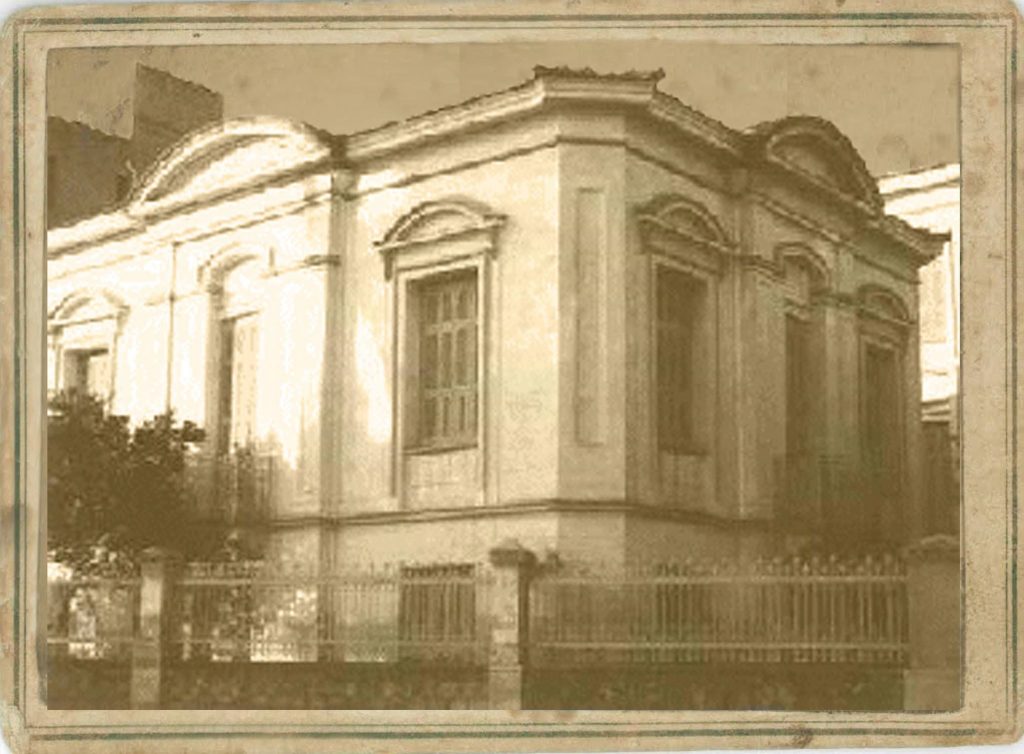
Papastratos Brothers
The complex as a whole consists of three buildings. A three-storey ceramic tiled roof building that stretches along Deligiorgis Street, a smaller two-storey building that housed the administrative services of the company, with prominent eclectic morphological features facing D. Makri and Deligiorgis streets and a third newer building constructed around the end of the decade 1960s to early 1970s.
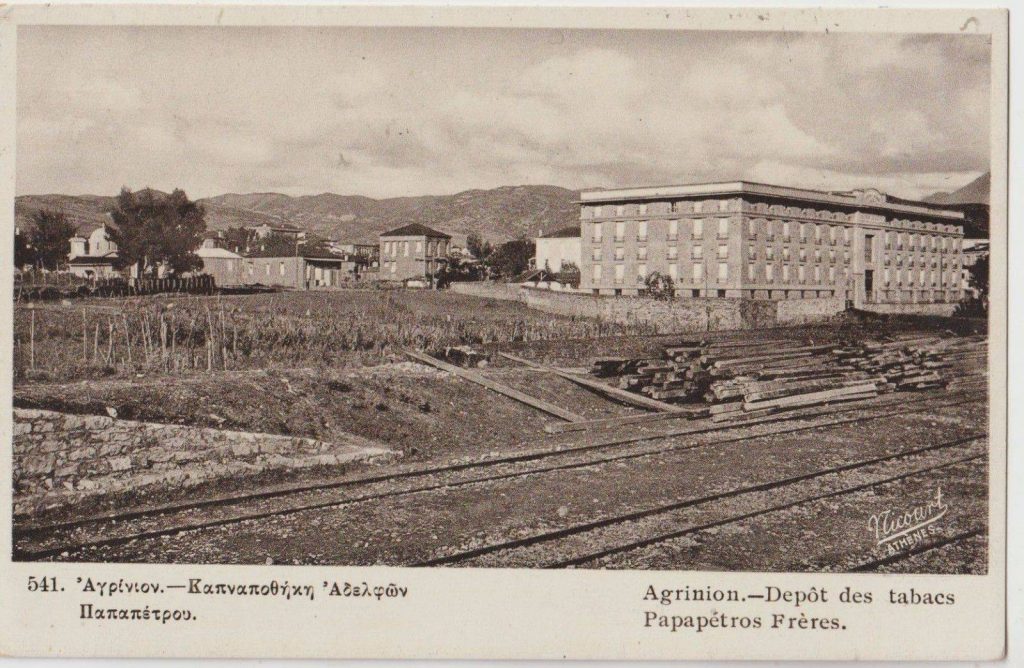
Papapetrou Brothers
One of the most important samples of the historical industrial architecture that exists untiltoday, perhaps the biggest one built in Agrinio, is the tobacco storehouse Papapetrou, at the junction of L. Mavilis and K. Palamas, opposite the old railway station building. Its location, like all of the city’s tobacco storehouses, was directly related to that of the railway for distribution purposes.
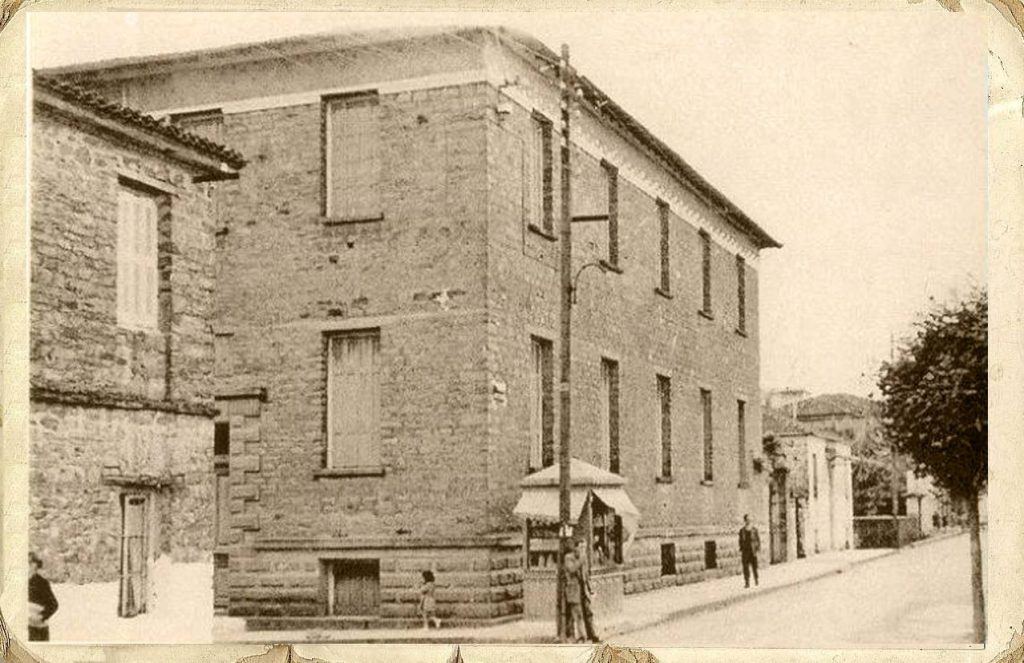
Panagopoulos
The Panagopoulo tobacco warehouse was built between 1926 – 1928. It was a two storey, stone building. This building, which had been refurbished and expanded, is associated with memories of the past. Not only because hundreds of people worked there but also because it is connected with memories of the Occupation and Resistance. Unfortunately, despite the efforts made by organizations and residents, the conservation of the building was unsuccessful and a multi-level building was built in its place.
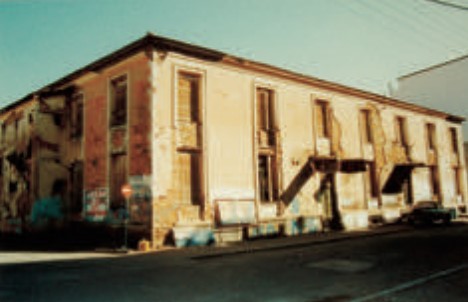
Heliou
It is located in the center of the city, namely 17 Messolongiou street and Varnakiotis. It was built at the beginning of the century. It was also designated as a historic listed monument by the Ministry of Culture on 15/4/1992. It is a two-storey building with an elevated basement, stone, tiled roof. It belongs to the Municipality of Agrinio, but unfortunately it has been abandoned to its fate and today most of it is in ruins.
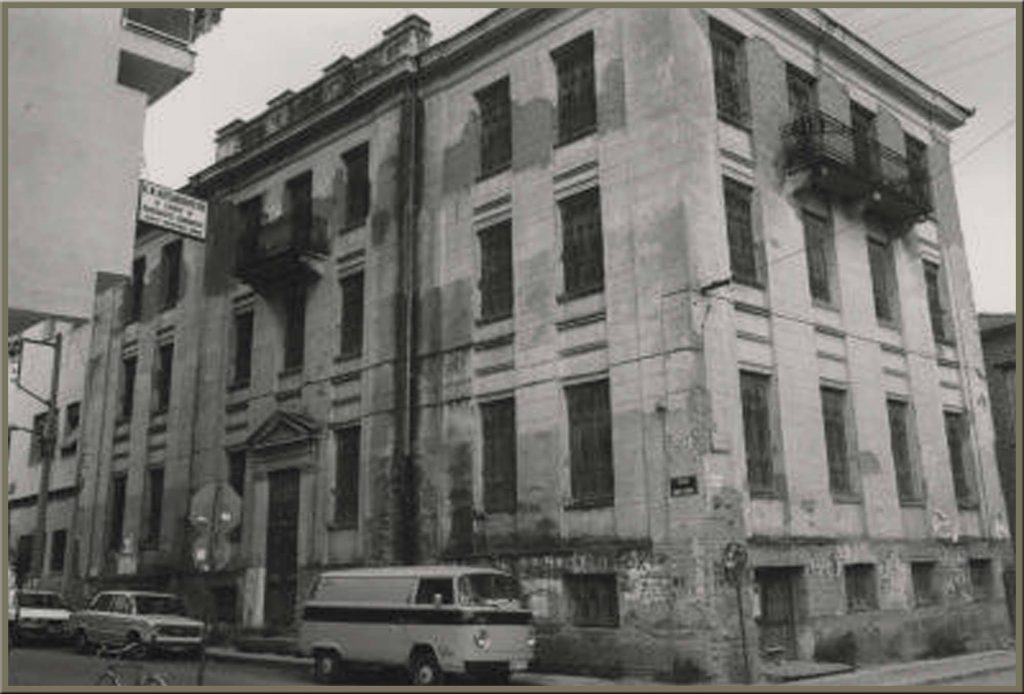
Kamposiora (former Avramikou)
The Tobacco storehouse (formerly Avramikos) was purchased and restored by OTE. It was then sold to the TEE of Aitoloakarnania, which uses it for its offices, while in the basement of the building the technical installations of OTE are located
Second tobacco storehouse:
It was on Demetriou Votsi Street. In 1971 it came into the ownership of the Helios Brothers and was later sold and in its place is a multi-storey block of flats.

Papavasiliou
Vasilis Papavasiliou came from Kandila, a village near Vytina (Peloponnese). He settled in Agrinio in the late 19th century.

Rozi – Varnavas
The storehouses were located in Panagopoulou square and were built between 1924-1926. They were later bought by the Papastratos Brothers, and then the building and the surrounding area, approximately 780 square meters, were donated by the Papastraeans to the Agrinio Gymnastics Society (1984).
Sakellariadis Brothers
The Sakellariadis brothers (Spyros, George, Nicholas and Demosthenes) came from the village of Mataraga of the former municipality of Arakinthos. They settled in Agrinio early, where they dealt in the tobacco trade, which developed greatly during the interwar period.
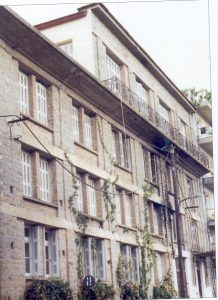
Ioannis Kokkalis
Ioannis Kokkalis was born in Papadates, Xeromerou. He settled in Agrinio and dealt in the tobacco trade.

Hassourakis
Located on Papastratou Street. In their place today, there is a block of flats which also houses the Chamber of Commerce and Industry.
National Bank
Βρίσκονταν στην οδό Πάνου Σούλου, όπου σήμερα η επέκταση του καταστήματος της Τράπεζας από την ομώνυμη οδό (Πάνου Σούλου).
Yianga
The Yianga Brothers, Epaminondas, Yannis and Christos, had set up a Tobacco Company: Yianga Bros. Their tobacco storehouses were located on Zoodochou Pigi Street. After the death of the Yianga Brothers, the building was rented by tobacco dealers Apostolis Makrykostas and Spyros Kaperas.
Andrikopoulos
They were located on D. Staikou Street. In their place today, there is a multi-storey apartment building.
Andreas Papandreou (Tobacco merchant)
This was on Baiba Street. A multi-storey apartment building is in its place today.

The site of the tobacco Institute occupies an area of approximately 24 acres, at the southwest edge of the city of Agrinio, at the junction of Iraklitos Street with the Agrinio-Antirrio National Road.
The newer tobacco storehouses in Agrinio
These tobacco storehouses were created after the Second World War.
(The information and photos come from the archive of Gitsa Pantazis Nastouli).
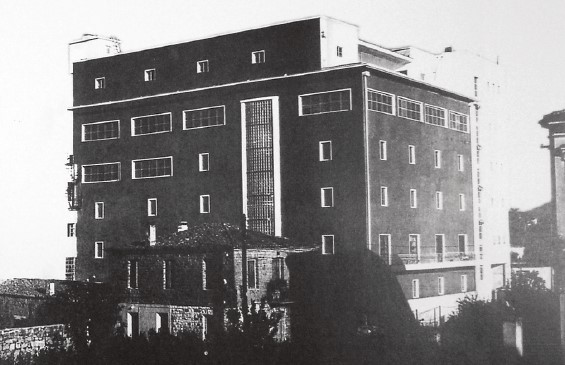
National Tobacco Agency (EOK)
This is located at 18 Makri Street, Agrinio. It was built in 1960. It is a seven-storey building that housed the offices of EU. and – at the same time – there were tobacco storage and processing areas.

Papastratos Warehouses in Zapanti:
These are huge warehouses located on a plot of 250 acres in Zapanti. The building occupies an area of 58 acres. They were founded in 1978 and functioned initially as tobacco storage and processing facilities.
Heliou Storehouses (New)
It is the multi-storey building at Fouskari Agrinion, at the 2nd km of the Agrinio-Amfilochia National Road. Building started in 1977 and was completed in 1981. It is located on an area of about 8 acres.
Th. Georgiades SA
These are two “metal” buildings owned by tobacco producer Th. Georgiadis SA. in Neapoli, (formerly Ruseika). They functioned as tobacco storage and processing facilities.